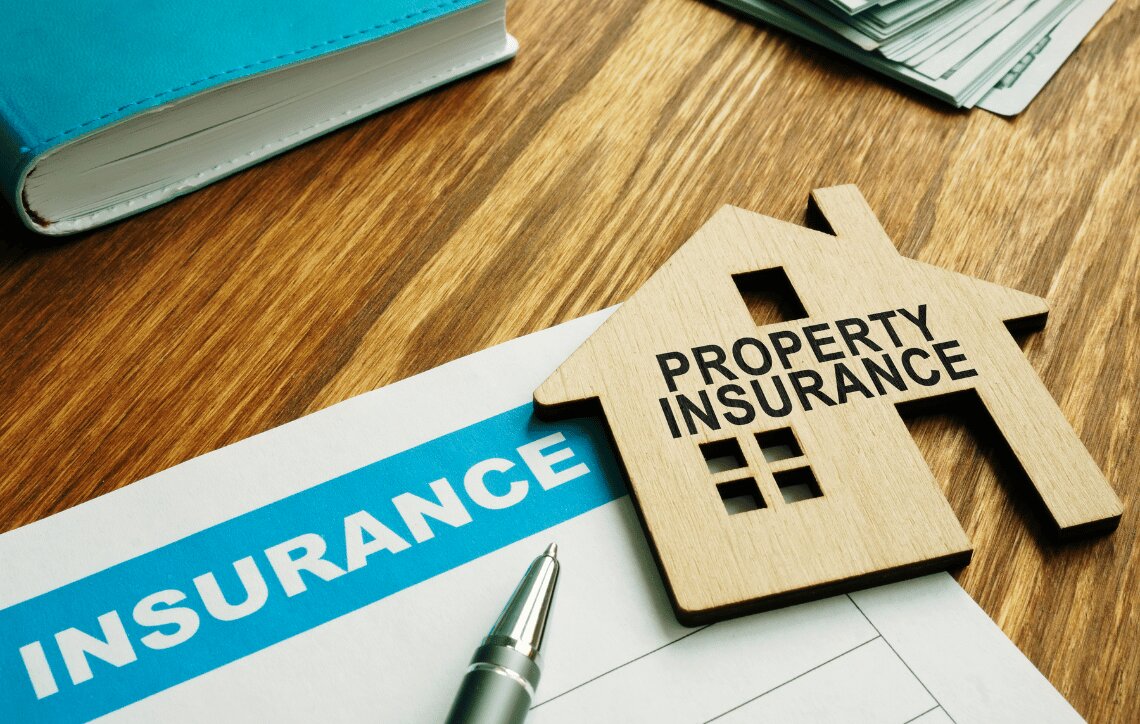Insurance
Property Insurance: Definition,& How Coverage Works

What Is Property Insurance?
Property insurance is a wide term for a group of policies that provide property protection or liability coverage to property owners. Property insurance reimburses the owner or renter of a structure and its contents for damage or theft, as well as a person other than the owner or renter for injuries sustained on the property.
Property insurance can cover a variety of coverage, including homeowners, renters, flood, and earthquake insurance. Personal property is typically protected by a homeowners or renters policy. The exception is high-value and expensive personal property, which is normally insured by purchasing a policy extension known as a “rider.” If there is a claim, the property insurance policy will either reimburse the insured for the actual worth of the damage or the replacement cost of repairing the problem.
How Property Insurance Works
Property insurance often covers certain weather-related illnesses, such as damage caused by fire, smoke, wind, hail, the effect of snow and ice, lightning, and others. Property insurance also protects against vandalism and theft by insuring both the structure and its contents. Property insurance also covers liabilities in the event that someone other than the property owner or renter is injured while on the property and decides to sue.
Property insurance coverage typically exclude damage caused by a variety of catastrophes, such as tsunamis, floods, drain and sewage backups, seeping groundwater, standing water, and a number of other sources of water. Mold, as well as earthquake damage, are rarely covered. Furthermore, most insurance will not cover catastrophic situations such as nuclear disasters, acts of war, or terrorism.
Important: Property insurance covers homeowners, renters, flood insurance, and earthquake insurance.
Understanding Property Insurance
Property insurance coverage is classified into three types: replacement cost, actual cash value, and extended replacement costs.
- Replacement: cost covers the cost of repairing or replacing property at the same or equal value. The coverage is based on replacement cost values rather than the cash value of items.
- Actual cash value: coverage pays the owner or renter the replacement cost minus depreciation. If the destroyed item is 10 years old, you get the value of a 10-year-old item, not a new one.
- Extended replacement: costs will pay more than the coverage limit if the costs for construction have gone up; however, this usually won’t exceed 25% of the limit. When you buy insurance, the limit is the maximum amount of benefit the insurance company will pay for a given situation or occurrence.
Special Considerations
Most homeowners opt for a combination coverage, which covers physical loss or damage caused by 16 dangers such as fire, vandalism, and theft. The coverage, known as a HO3 policy, includes some terms and exclusions. Certain valuables and collectibles, like as gold, wedding rings and other jewels, furs, cash, guns, and other things, are subject to predetermined coverage limits. An HO3 typically excludes coverage for accidental breakage/damage and the mysterious disappearance (lost, misplaced) of valuables, like as fine art and antiques.
HO5 homes coverage covers everything in a HO3 insurance, but it focuses on the structure and the property inside the home, such as furniture, appliances, clothing, and other personal belongings. An HO5 does not protect against earthquakes or floods. HO5 insurance policies are available for homes built in the last 30 years or renovated in the last 40 years, and they normally cover all damages at replacement cost.
HO4 property insurance, sometimes known as renter’s insurance, protects tenants from loss of personal property and provides liability coverage. It excludes the actual house or apartment being rented, which should be covered by the landlord’s insurance policy.
It should be noted that none of these coverage levels would reimburse the homeowner for property that fails or is damaged due to normal wear and tear, like as a roof that begins to leak without being damaged by wind or hail. Home warranties, which are another option to secure your property, can aid in this situation.










